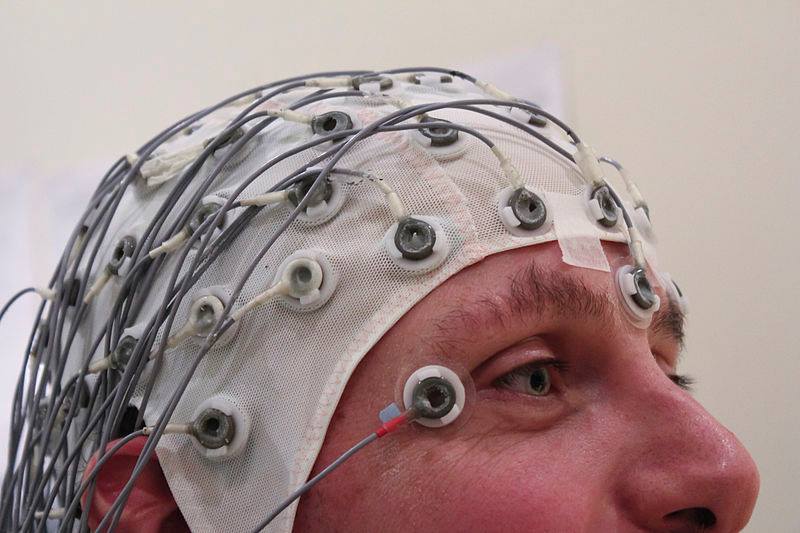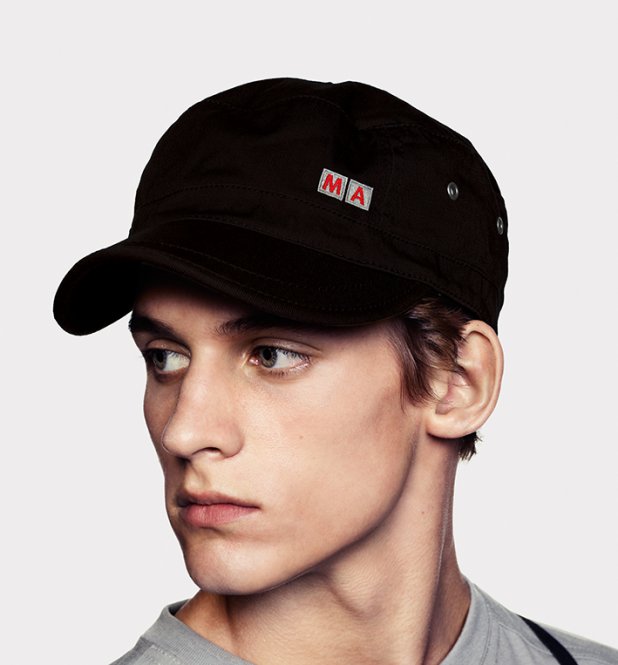soundlight
Well-Known Member
MA Lighting release a Quantum Shift in Lighting Control
MA Lighting today announced that after six years of research, development and prototyping, their new user thought controlled lighting interface is ready for release and demonstrations. The new product has the working name ‘Cranial Replay for Artists and Performance’.


Developed with the Massachusetts Institute of Technology (MIT) department of Cranial Uniformity and Neurological Technology over a period of four years, MA Lighting’s R&D department worked tightly with the department’s Professor Helmut Krown. Professor Krown has spent over ten years developing the concept with NOAA, NASA and the EPA.
Professor Krown said “We were tasked by MA Lighting to conceive and bring to reality a lighting control surface that would fully integrate, for the first time, the lighting professional and the technology as one. The use of thought control to activate cues, create mood, display feeling via the lights and optimize the control of video elements via the brain is a quantum shift in the way visual entertainment technology is controlled and considered.”
The lighting operator dons what looks like a normal MA Lighting cap which is hard wired to a belt pack that then communicates via wi-fi to the modified MA2 console. This wireless feature means that control can be done remotely from the console.
A water based lubricant is required on the scalp of the operator to ensure good electrical contact is observed from the operator to the cranial unit.
The integrated skull cap and belt pack features a revolutionary proprietary artificial intelligence (AI) interface that will ‘learn’ the biorhythms of the individual operator’s brain electrical activity. In setup mode, the operator is required to wear the unit for 12-14 hours so the unit can read, learn and record the user’s brain waves. This is a once only setup and multiple users can be preprogrammed to the solid state technology contained within.
Once setup is complete the interface is operable with thought control to the lighting and video elements. Lamp focus, colour, gobo and beam information can be selected by a gentle thought process. Whole cue lists, macros and multiple other show features can be designed, edited and played back by the operators thought.
“I am very much looking forward to showing this to our customers,” commented Mike Gearin of Show Technology, MA Lighting’s Australian distributor. “It’s taking virtual reality to reality, placing your mood and thoughts onto a picture on stage – it really is a great step in the development of lighting control.”
The system will be shown to a select few at Prolight+Sound in Frankfurt next week where it is sure to be the most talked about shift in entertainment technology since the VL1.
For more information please go to MA Lighting
Thanks to the Aussies at ALIA for this one: http://www.alia.com.au/category/equipment-news/
MA Lighting today announced that after six years of research, development and prototyping, their new user thought controlled lighting interface is ready for release and demonstrations. The new product has the working name ‘Cranial Replay for Artists and Performance’.


Developed with the Massachusetts Institute of Technology (MIT) department of Cranial Uniformity and Neurological Technology over a period of four years, MA Lighting’s R&D department worked tightly with the department’s Professor Helmut Krown. Professor Krown has spent over ten years developing the concept with NOAA, NASA and the EPA.
Professor Krown said “We were tasked by MA Lighting to conceive and bring to reality a lighting control surface that would fully integrate, for the first time, the lighting professional and the technology as one. The use of thought control to activate cues, create mood, display feeling via the lights and optimize the control of video elements via the brain is a quantum shift in the way visual entertainment technology is controlled and considered.”
The lighting operator dons what looks like a normal MA Lighting cap which is hard wired to a belt pack that then communicates via wi-fi to the modified MA2 console. This wireless feature means that control can be done remotely from the console.
A water based lubricant is required on the scalp of the operator to ensure good electrical contact is observed from the operator to the cranial unit.
The integrated skull cap and belt pack features a revolutionary proprietary artificial intelligence (AI) interface that will ‘learn’ the biorhythms of the individual operator’s brain electrical activity. In setup mode, the operator is required to wear the unit for 12-14 hours so the unit can read, learn and record the user’s brain waves. This is a once only setup and multiple users can be preprogrammed to the solid state technology contained within.
Once setup is complete the interface is operable with thought control to the lighting and video elements. Lamp focus, colour, gobo and beam information can be selected by a gentle thought process. Whole cue lists, macros and multiple other show features can be designed, edited and played back by the operators thought.
“I am very much looking forward to showing this to our customers,” commented Mike Gearin of Show Technology, MA Lighting’s Australian distributor. “It’s taking virtual reality to reality, placing your mood and thoughts onto a picture on stage – it really is a great step in the development of lighting control.”
The system will be shown to a select few at Prolight+Sound in Frankfurt next week where it is sure to be the most talked about shift in entertainment technology since the VL1.
For more information please go to MA Lighting
Thanks to the Aussies at ALIA for this one: http://www.alia.com.au/category/equipment-news/


